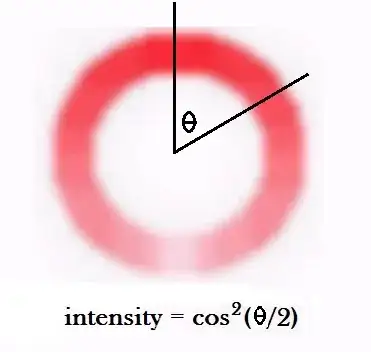Is it possible to measure the spin of a single electron? What papers have been published on answering this question? Would the measurement require a super sensitive SQUID, Superconductive Quantum Interference Device?
4 Answers
The spin of a single electron has been measured since the very first moment when the people understood that every electron possesses a spin. A Stern-Gerlach experiment - a magnetic field - is enough to measure the spin:
- 13,829
- 182,599
First you need to be assured of a source of single electrons. A good one is from spontaneous decay called conversion electrons. Then you set up a Stern Gerlach magnet setup. The problem is that one would need to cancel out the transverse Lorentz force, and this can be done with a transverse uniform electric field to cancel it out. Then use solid state electron detectors to see the deflected electron event counts.
- 57
The ion trap experiments by Hans Dehmelt might be of interest. Though the scientific focus was the precision measurement of the g factor, you can't get far with that without first knowing that your trapped electron has spin 1/2 - or if you don't know that, you'll find out pretty quick when theory doesn't match experiment even to first order.
You might find this a good read: Stern-Gerlach experiments: past, present, and future Jean-Francois Van Huele and Jared Stenson - link to PDF is at http://www.physics.byu.edu/Research/theory/paps.aspx
- 5,947
I was browsing old questions and noticed this one. I think I ought to take issue with the idea you can measure the spin of a single electron. Suppose I prepare an electron in a definite spin state and send it into another room; I don't think there is any way someone else can tell what state I prepared the electron in. Putting it through a Stern Gerlach apparatus certainly won't do. Isn't saying that you can measure the spin of an electron the same as saying you can measure its position and momentum simultaneously?
EDIT: I notice DarenW referes to a paper by Stenson, and it turns out I stumbled on a related paper on my own and it made a big impression on me. The paper I found is actually Stenson's master's thesis, which I will find a link to once I finish this post, and I will post it in the comment field of Daren's answer. As for my own analysis of Stenson's paper, it spans a number of blogposts beginning here. The conclusion is fascinating: if you put a beam of silver atoms through a Stern Gerlach apparatus, it doesn't split into two paths: it spreads out into a donut! I've sketched the deposition pattern for a polarized beam here, and you can read the analysis on my blog.

- 4,289